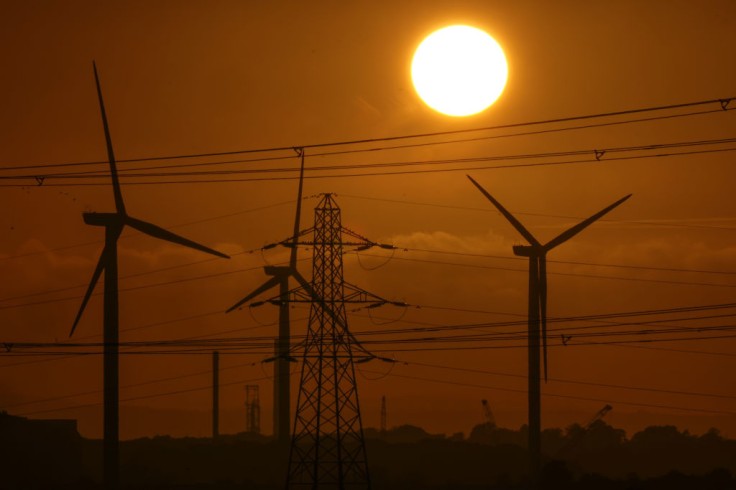
China state media reported that their nuclear fusion reactor reached temperatures five times hotter than the Sun! This artificial Sun brings researchers one step closer to near-unlimited clean energy.
According to Xinhua net, the EAST (Experimental Advanced Superconducting Tokamak) recently maintained a temperature of 158 million degrees Fahrenheit for 1,056 seconds in their nuclear fusion reactor. This is a record-breaking number that surpassed the temperature of the actual Sun's core, which stands at 27 million Fahrenheit.
China Artificial Sun: Nuclear Fusion Reactor
Chinese researchers are not the only people interested in the power of nuclear energy. Researches on the topic, which are usually centered on stars' formation and burning, have been around for over 70 years.
Many find this research compelling because the enormous energy generated in nuclear processing does not produce greenhouse gases or long-lasting radioactive waste.
Unfortunately for researchers, handling nuclear energy is an extremely hard task.
First, researchers must heat the plasma in very high temperatures, which would imitate the core of the stars. Then, researchers must find a way to corral the heat, so it doesn't burn through their research equipment. This whole process, however, must be executed without ruining the fusion process.
How to Build Nuclear Fusion Reactor: Experimental Advanced Superconducting Tokamak
Soviet scientist Natan Yavlinsky designed the first fusion reactor called a tokamak, which is widely adopted by current technologies.
The France's Tore Supra tokamak achieved one of the best nuclear fusion reactions in 2003, where their plasma reached near 150 degrees Fahrenheit for 390 seconds.
EAST broke the record by sustaining their nuclear fusion reaction for a longer duration. Researcher Gong Xianzu boasted the achievement, saying it "the recent operation lays a solid scientific and experimental foundation towards the running of a fusion reactor," per Live Science.
China Sun: Other Nuclear Fusion Reactors in 2022
Note that EAST and its achievement is only one of many projects to look forward to. According to Live Science, researchers are also preparing for a bigger fusion project called International Thermonuclear Experimental Reactor (ITER).
ITER is currently being built in Marseille, France. It is expected to be the world's largest nuclear reactor. This amazing piece of technology is a product collaboration between 35 countries, with the European Union, U.K., China, India, and the U.S., to name a few.
ITER is designed with one of the world's most powerful magnet in its system, which makes it capable of producing a magnetic field 280,000 times stronger than the one on Earth. The fusion reactor is expected to be fully functional in 2025. If all goes well, researchers might eventually harness the power of a star even on Earth!
It is worth mentioning that China plans to pursue its own nuclear fusion research outside of the combined program. It is reportedly conducting internal confinement fusions up to date and will complete a new tokamak by 2030.









